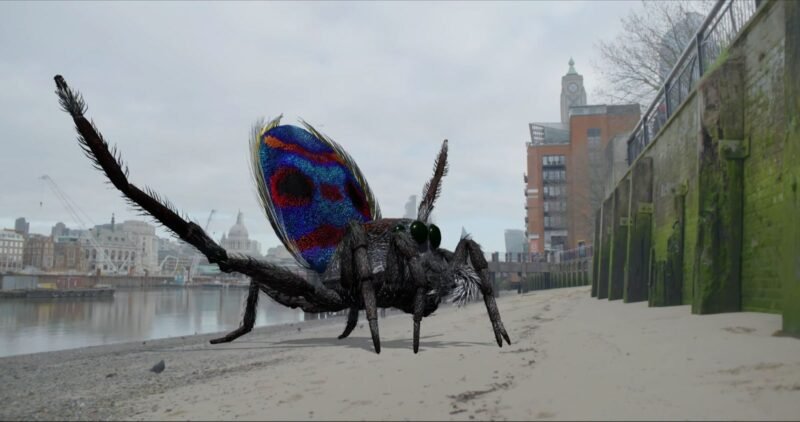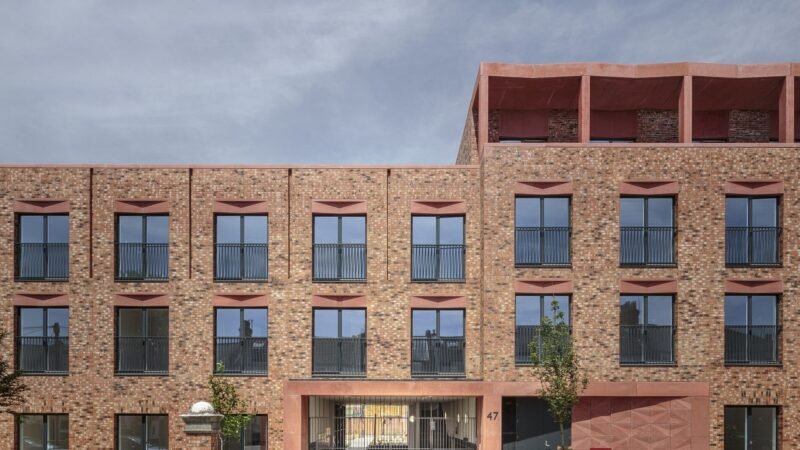Urban Acupuncture To Save London’s Creative Scene
Architects Tomaso Boano and Jonas Prišmontas want to highlight the lack of, and access to, affordable space for London’s creative industry. They designed a plug-in studio space that could be part of a solution.
The architecture duo asked themselves the question if London will still be the capital of creativity, arts and crafts in 10 years time. Rising rents for residential and work spaces, combined with an increasingly unaffordable education system, are making the city less and less accessible. According to Boano and Prišmontas, London has always been a center for creativity, but the recent financial pressures have turned ‘creativity’ into an industry that can only be joined by people who are able to afford it.


The architects state that creativity should not be linked to a social status, and therefore London needs new affordable spaces. Their design, called Minima Moralia, is a tiny, cellular pop-up space to be inhabited by designers, sculptors, painters, musicians and other creatives. It’s a naked minimalistic structure, consisting of a modular steel frame that creates an empty grid with multiple potential for internal configurations.


The pop-up element of the design makes it very flexible and easily movable. The project is described as a type of urban acupuncture that targets empty or disused places and effectively brings life into them. In a city like London, where space is scarce and expensive, this is what the future could look like. The installation was on display last month during the London Festival of Architecture on a Dalston Roof Park.



